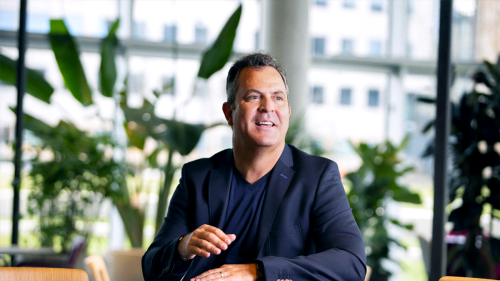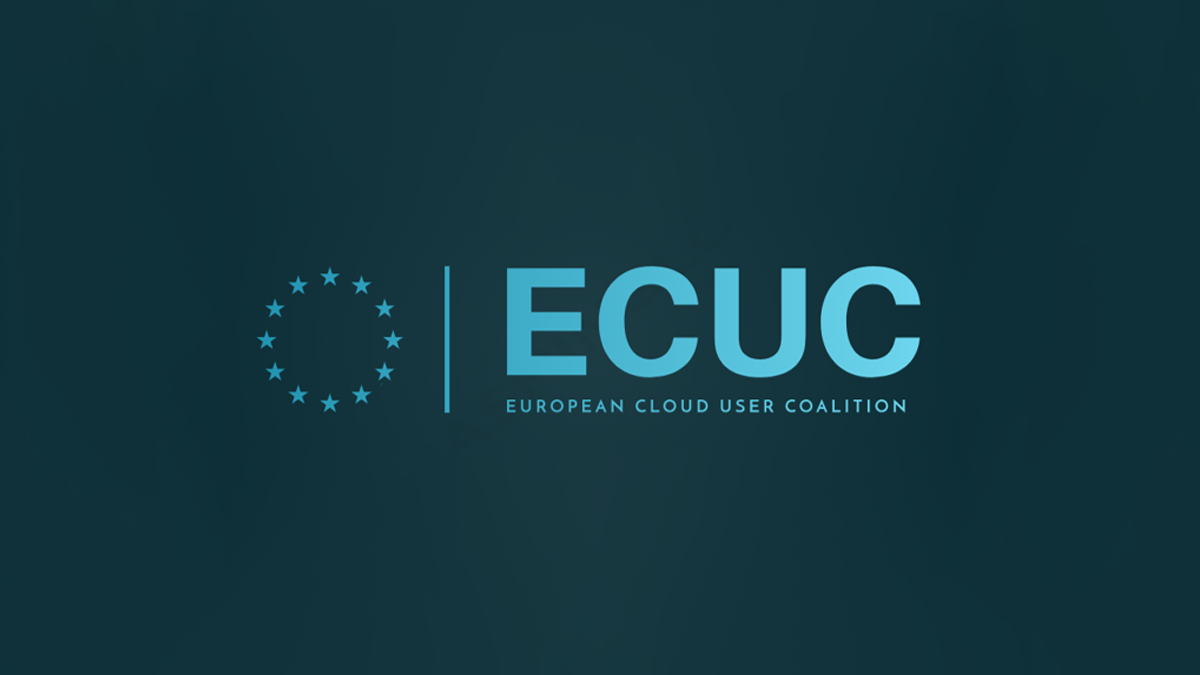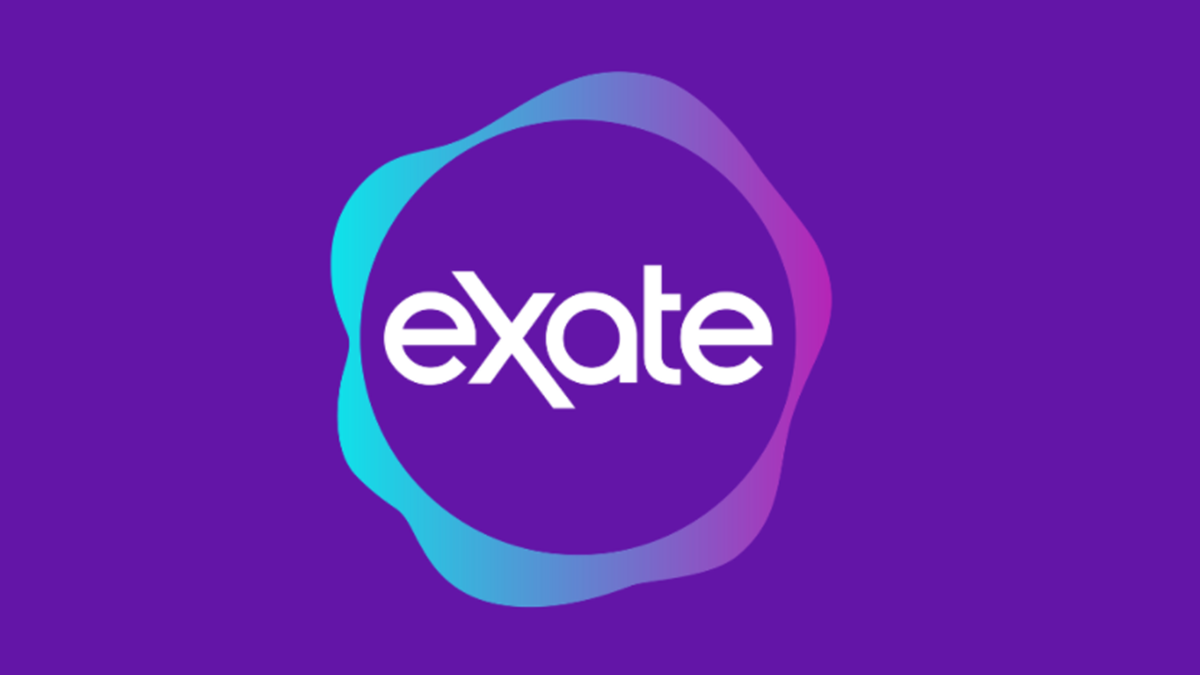"We’re just at the start of AI"
For many, the field of analytics, which includes futuristic technologies like artificial intelligence (AI), may sound a world away, but the reality is organisations are busily adopting it for their business to become faster and smarter. So, what are the big trends in analytics in 2022 and how are these going to impact our banking experience? Kerem Tomak, ING’s chief analytics officer, looks at the five biggest trends at the moment and what they mean to you.

Wanted: data whisperers
Let’s face it. An AI-enabled future will look much different to the world we know now. Within five years, automated driving will probably be the norm and the first smart cities will have been built. We’re just at the start of AI. The biggest challenge now for organisations is finding people, like data scientists, that are capable of using the available technology. We’re in the middle of a war on talent. It started 10 years ago and should go on for the next 10 years.
Data scientists want to join companies where they can work on innovations and solutions that make an impact. ING is no different. We have about 250 data scientists working on advanced analytics, and this number is growing quickly.
Welcoming the citizen data scientist
This year, we’ll see the continuation of ‘citizen data science’, where AI is no longer the exclusive domain of mathematicians or statisticians. More and more people are able to use analytics without having to apply complex techniques to the data. Algorithms are being automated, so you don’t have to build or code them yourself. Instead, you need to understand and interpret the results to help businesses make better decisions.
ING, for example, offers data science training to all of employees, helping them use analytic insights while catching up with emerging trends.
Experimentation is the way to go
Companies are now quick to realise that you cannot be digital and data-driven without experimentation. Running algorithms to make certain predictions is not enough. You need to be bold, experiment often, and not be afraid of failing. The Big Tech have strongly embedded this in their culture. For instance, Amazon runs thousands of online experiments, so their pricing algorithms are tuned towards how people interact with their website.
At ING, we use experimentation by involving the end user in all stages of product development to gather insights and adjust products if necessary. The closer we are to customers the better we understand their needs.
Moving to the cloud
Most of us have heard about the cloud, and how it’s used for storing mobile device data. Our mobiles would simply be too slow if all information was stored on the device itself. The same goes for organisations that deal with huge quantities of data and require significant computing power to meet customer needs. Using cloud technology is necessary to become faster and more agile.
At ING, we’ve adopted a hybrid cloud setup for analytics and AI. Connecting our private cloud to public cloud technology allows us to scale up and improve our digital capabilities in a safe and secure way. We will be able to offer customers better, faster and more personalised experiences.
With many customers now doing banking on their mobile device, banks are increasingly using edge cloud technology to respond more quickly. Here, data processing happens close to the device, which allows applications to run in real time.
Protecting your data ongoing priority
Customers rely on organisations more than ever to keep their data safe and protected. Since cybersecurity is an increasing area of concern, there is a need to develop solutions to anticipate cybercriminals’ attempts to obtain sensitive information. AI can be used to develop models and products that fight financial economic crime. For instance, applying machine learning techniques to transactions data can effectively detect potential risks, putting banks one step ahead of money launderers and safeguarding customer accounts from malicious acts.
In addition, there’s an increased emphasis on using data and analytics models in an ethical way. Modelers, for example, need to be aware that there are certain biases in the data. At ING, we provide guidance on the use of models, ensuring they are used in the right way.
Analytics vs AI
The use of the terms analytics and AI can be confusing at times. So, what do they mean and how do they relate? At ING, we define data analytics as the process of analysing and making sense of data. By using analytics, we can get insights that allow us to offer customers better personalised experiences – always taking their privacy into account. It can also make banking more efficient, reducing repetitive tasks, time and costs, as well as mitigating risk and preventing fraud. AI is software that is used widely in analytics and enables computers to simulate human intelligence. AI is automated, so the software learns by itself from vast amounts of data. It enables us to make smarter decisions and do things more efficiently and effectively.


